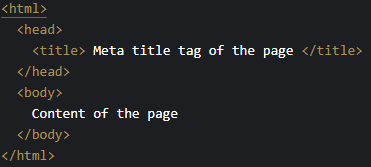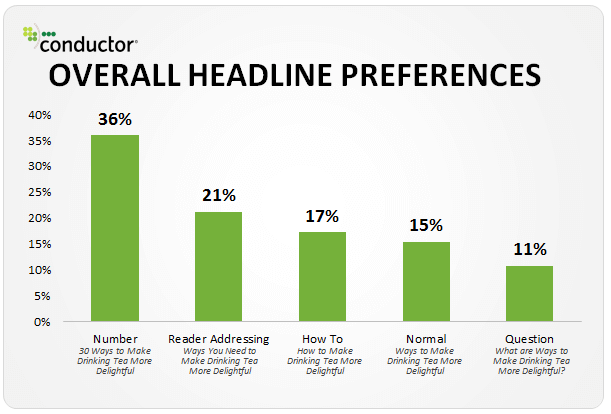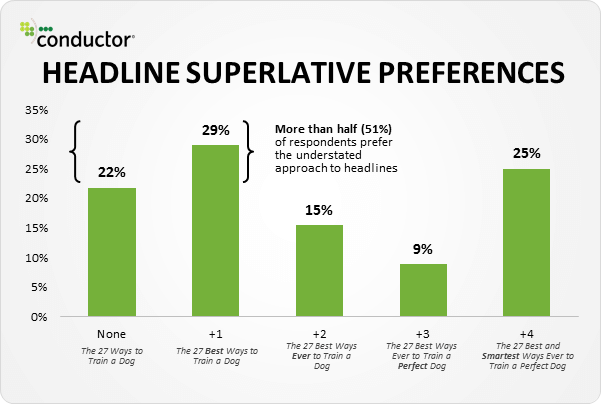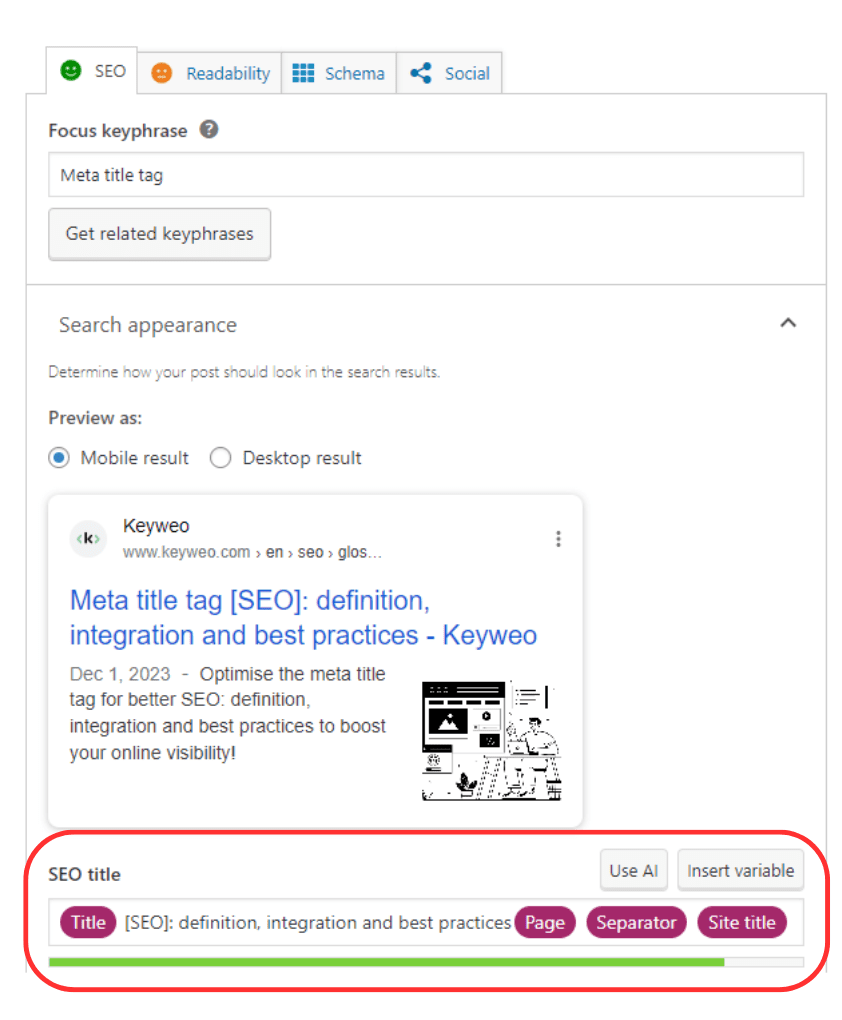- SEO
SEO Agency
Take advantage of the first traffic acquisition lever by entrusting your SEO to a digital agency experienced in SEO. - SEA
SEA Agency
Grow your business quickly with paid search (SEA).
- Social Ads
Social ads
Optimize your social media advertising campaigns to improve your performance.TikTok adsGo viral with your ads on TikTok

- Agency
The agency
Keyweo was born from the desire to create an agency that meets the principles of transparency, trust, experience and performance.
- Blog
- Contact
Meta title tag
Home > SEO Agency > SEO Glossary > Meta title tag
Definition
The meta title tag is an HTML tag used to assign a title to a web page. These titles are the blue textual links that a user clicks on to visit a website. They appear at the top of the browser and, if not overridden by Google, in the search engine results, as these are the blue textual links that a user clicks on to visit a website.
These tags are crucial for search engines to properly understand your page, as they help describe your content. Ideally, they should also encourage clicks.
The meta title tag is the first thing a user sees in the search results, and it’s also one of the most important on-page criteria. Therefore, it’s essential to work on it effectively.

Difference between meta title and meta description tags
Meta title and meta description are two different things. The meta description is an HTML tag that provides users with a brief description of the content of your web page.
The meta title is the title of your web page. It appears in the form of blue text links when you do a Google search. Unlike the meta description, the meta title is used by search engines to understand the content of your page.

Is the meta title tag important for SEO?
The answer is simple: yes! The meta title tag is important for the SEO of your web page. It tells search engines what your page is about. Google takes your meta title tags into account when determining your ranking in the search results. It is therefore very important to include your relevant keywords.
In addition to its importance for Google and SEO, the meta title also has an editorial function, as it informs web users of the content of the page they are about to visit. As a result, it is very important to work it well to encourage users to click.
How to find the meta title tag of a web page
Navigation tab
The simplest method is to place your mouse over the navigation tab of the page. Once there, the meta title tag will be displayed in a box.

In HTML code
To find your meta title tags in the HTML code, simply right-click on the page in question and select “Inspect”.
You’ll be able to find the <title> tag in the header of your page’s HTML code, between the <head> and </head> tags. Use CTRL + F and type <title> to find the tag directly. See example below:

SEO best practice for writing your meta title tag
There is a long list of SEO best practices to apply when writing your title tags. Here are a few things to bear in mind:
Number of characters :
We advise you to never exceed 60 characters. Even though Google doesn’t really give an ideal or maximum size for headlines, it appears that, in general, only the first 50/60 characters are displayed. It is therefore pointless to exceed this limit, otherwise your title will be truncated when it is displayed in the search results.
It is important to bear in mind that the number of characters displayed depends on a number of factors, such as the size of the letters and the device used to consult a Google results page.
Choose your keywords carefully :
Including your main keyword in your title tag is probably the most important element in Google’s eyes for referencing your web page. It is essential to include your main keyword, for which you want to be referenced, in the title of your page/article.
It is best to place your keyword at the beginning of your title. It’s important that this is the first thing the user sees, as it gives your readers and Google’s crawlers a direct idea of what your content is about.
For the keyword “Olympics Paris 2024“, a good example of a title could be: “Olympic Games Paris 2024 : Latest news and information.“
Stop words :
What are stop words? These are all words that have no real meaning, such as: “a”, “the”, “is”, “are” etc. Avoid using too many stop words or empty words to effectively fill the title tag with relevant keywords. Try to keep the phrasing natural despite everything.
Use separators :
Separators are special characters used to break up your title into keywords and phrases. For example, the “-” or the “|”. They are useful because they help Google to understand your title.
So, for Google, a page entitled “Sports news” will deal with sports news. Whereas a page entitled “News | Sports” will talk about “News” and “Sports”.
Include company name
Including your brand/company name in your headlines is a good way of showing that it is trustworthy. It will also allow you to see the click-through rate when users are aware of your brand/company. We recommend putting the company name at the end of your <title>, except for the home page for which we recommend putting it at the beginning.
For example: “Keyweo: The digital marketing agency with the key to your success “
Secondary keywords
After placing your main keyword at the beginning of the title tag, complete the description of your content with a secondary keyword that describes the content of your page. If you follow the example below, “Football boots” is the main keyword, and “Best Sellers” is the secondary keyword.
“Football shoes | Best Sellers 2023 – Brand name”
The best tips for driving clicks
Give priority to clear, usable titles :
Eliminate any ambiguity about what the article/page will bring to the reader. Humans don’t like uncertainty. At a glance, readers must be able to understand exactly what type of content they are going to find and what value the article is going to bring them.
For example, a title like “How to prepare for the Zombie Apocalypse” is far too vague.
Instead, use a title like “The 30 Best Tips for Preparing for the Zombie Apocalypse (2023)“.
Use numbers
A Moz study has shown that headlines containing numbers are 36% more likely to generate clicks.

Why is that? Quite simply because with numbers, the reader knows exactly what to expect.
Furthermore, the use of numbers in a headline, in the form of “Top 10” or “The 7 best tips” can make reading easier. It makes it easier to skim through the important information more quickly.
A little tip: it has been neurologically proven that odd numbers are more persuasive and encourage more clicks than even numbers.
Use of parentheses ()
The use of brackets is a very powerful hack when writing your meta title tags.
In fact, studies carried out by Hubspot and Outbrain have shown that text in brackets is 33% more likely to be read than text without brackets.
Use this tip to your advantage, and place your text or your important words in brackets to give them more importance.
A value proposition
Another important aspect when writing your meta title is to include words that convey a value proposition. A very powerful word, when you’re looking to offer value to the Internet user, is the term “tutorial“.
The word “tutorial” is very powerful because it implies a value proposition, namely the resolution of a problem. When readers see the word tutorial in a title, they know that the article will provide the solution to their problem.
Another aspect that highlights a value proposition within the title is the use of the term “Solved“, particularly on forums. These indications serve to notify the user that the problem has been dealt with, and that they will find the solution to their questions on the forum.
Readers need to be reassured that your article contains the right information, because clicking on it is an investment.
Mistakes to avoid when writing the meta title tag
Don't overuse superlatives
A study conducted by Moz has shown that superlatives should not be overused in web page titles.
The results showed that 51% of participants preferred titles that contained between 0 and 1 superlative.

Be discreet and avoid overusing superlatives in your titles.
Over-optimisation of keywords
Don’t overuse your keyword in your title. Overuse of your keyword in the title is the best way to be considered a spammer by Google.
Keep it simple: your title should be readable and provide real value to the reader.
Reuse your meta title tags on several pages
This is surely one of the worst things you can do. Reusing the same title tag in the same way on several pages is considered duplicate content by Google. The crawlers will consider your pages as similar pages. This will have a very detrimental effect on your natural referencing!
How to add your meta title tags on different CMS
WordPress
To add your meta title tags to WordPress, simply install the Yoast plugin. Yoast is a search engine optimisation plugin for WordPress that allows you to enter your meta title tags in the “SEO Title” field. Other plugins include SEOPress, Rank Math and All in one SEO.
To add your meta title tag with Yoast:
- Go to the “Pages” or “Articles” section.
- Select the page and click on “Edit”.
- Scroll down to the Yoast SEO plugin section.
- Open the “Search Engine Appearance” drop-down section.
- Enter your “SEO Title”.

Wix
To insert a meta title tag on Wix, on the pages of your site in the Editor, you need to access the referencing parameters of your page. To do this
- Click on the Pages icon on the left-hand side of the Editor.
- Click on the “More actions” icon next to the corresponding page.
- Then click on “SEO Basics”.
- Write your title tag under “What is the Title tag of the page”.
- Click on “Publish” at the top right of the Wix editor.
For more information on how to add your meta title tags to your Wix Stores, Wix Blog Posts, Wix Blog Categories, Wix Bookings, Challenges and Wix Events pages, visit the Wix support page.
Webflow
To create your meta title tags on Webflow :
- Go to the Pages dashboard.
- Go to the page you wish to modify.
- Click on the parameter “gear” icon which appears to the right of the page name.
- Then click on the “pencil” icon to modify the page.
- Add your meta title in the “Title tag” section.
Bonus: examples of SEO-optimised meta title tags
To assist you in creating your meta titles, we have compiled a list of optimized titles for inspiration:
- E-Commerce – Shoes:
“Men’s Shoes Summer 2023 – Espadrilles & Sandals | ChicShoes” - Tourism and Travel:
“All-Inclusive Stay in Barcelona – Summer 2023 Holiday Deals | WorldTravel” - Cooking Recipe Blog:
“7 Tips for Making a Perfect Apple Pie | EasyCooking” - Digital Marketing Advice Website:
“Complete SEO Guide for Beginners 2023 | BeginnerSEO” - Rugby News Blog:
“Rugby World Cup: News and Information 2023 | Ovalist”
Boost your Visibility
Do not hesitate to contact us for a free personalised quote
Notez ce page





